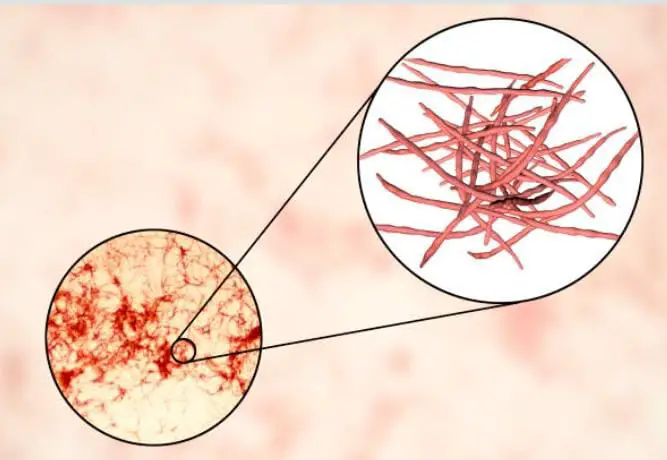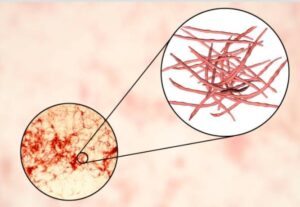
Actinomycetes Might Revolutionize The Future of Therapeutics.
Today, in this world, almost more than twice the average number of medicines are being produced using actinomycetes. The bacteria residing in the mud, and producing the earthy taste in water has far more potential than the world has discovered till now.

related: Difference Between Humoral and Cell Mediated Immunity
Actinomycetes have been studied thoroughly, however, they have some rare species within them which haven’t been explored to find their best potential. Among these, Lentzea flaviverrucosa has turned out to catch much of the spotlight these days. It is due to their ability of producing compounds that are active against several cancer types which not just include the prostrate cancer but complex leukemia too.
The bacteria has been distinguished as an entity with an unusual chemistry inside. It enables it to make piperazyl molecules which act as a building block for those bioactive compounds effective against cancerous cells.
Variation from the normal means the cluster of genes present within them has the tendency of producing more than a single drug molecule, which is quite unusual because a single cluster of genes does not function like that.
The tiny clusters of genes are termed as the superclusters which produce two distinct molecules but in the future, these two molecules are joined together to form an active biomolecule which has been found potent in this regard.
The unusual peptide formed within it could help in changing the entire game as it could serve as a factory of antibiotics and ant-cancerous drugs with an advanced protection against resistance.
Chemotherapy treatment is effective but with the passage of time, cells become resistant against the compounds being used which reduces the overall efficiency of the procedure. Therefore, new drugs are an urgent need of present times which would help the medicinal world to break this barrier of resistance against such treatments and this soil based bacteria is a ray of hope for our world!
Connect With Us:
facebook.com/24HoursOfBiology
twitter.com/24hrsofbiology
Reference:
Chunshun Li, Yifei Hu, Xiaohua Wu, Spencer D. Stumpf, Yunci Qi, John M. D’Alessandro, Keshav K. Nepal, Ariel M. Sarotti, Shugeng Cao, Joshua A. V. Blodgett. Discovery of unusual dimeric piperazyl cyclopeptides encoded by a Lentzea flaviverrucosa DSM 44664 biosynthetic supercluster. Proceedings of the National Academy of Sciences, 2022; 119 (17) DOI: 10.1073/pnas.2117941119